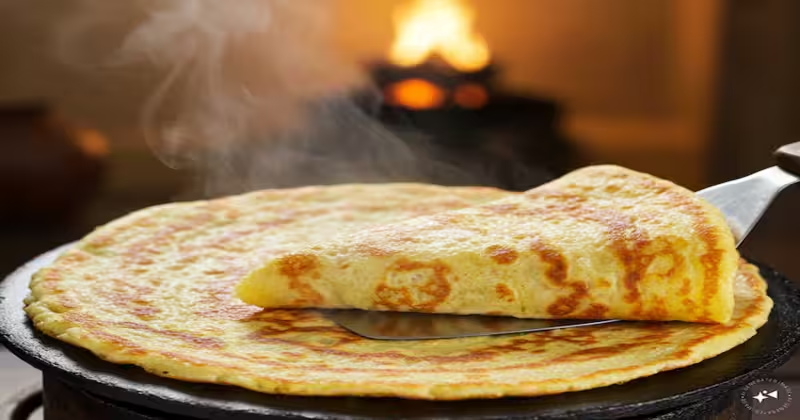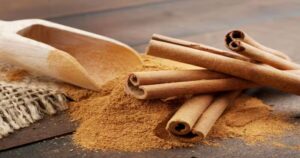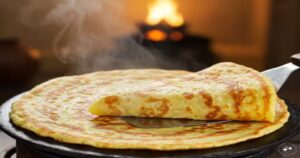Facing Trouble Making Perfect Suji or Besan Cheela? Do This While Preparing the Batter for Round and Crack-Free Results

Cheela, often referred to as the Indian pancake, is a beloved breakfast or light meal option in many households. Whether you’re using suji (semolina) or besan (gram flour), making the perfect cheela one that is round, smooth, and doesn’t break or stick can be quite a challenge. Many home cooks often face problems like tearing, sticking, or uneven texture while cooking cheelas. But the secret to getting it just right lies in how you prepare the batter.
If you’ve been struggling to make that flawless cheela, here’s everything you need to know. A few simple tips during the batter-making process can transform your cooking experience and help you create cheelas that are golden, round, and perfectly cooked every time.
Understanding the Cheela Basics
Cheelas are quick to prepare, healthy, and incredibly versatile. Suji cheela is usually lighter and slightly crispy, while besan cheela is richer, more filling, and high in protein. Despite the differences, the common problems while making both types include:
- Batter too thick or too thin
- Cheela tearing while flipping
- Edges not forming properly
- Cheela sticking to the pan
- Uneven cooking or lumps in the batter
All these issues point to one thing improper batter preparation.
Suji or Besan Cheela: Tips to Prepare the Perfect Batter
- Consistency is Key
Whether you’re using suji or besan, your batter consistency should be like pancake batter not too runny, not too thick. For suji cheela, soak the semolina in water or curd for 15–20 minutes. This allows it to soften and swell, ensuring a smooth batter. For besan cheela, always sieve the flour before mixing to avoid lumps. - Add Water Gradually
Do not pour all the water at once. Add it slowly while whisking, so you can control the thickness. You want a pourable, slightly thick batter that spreads easily on the pan without running off. - Rest the Batter
Let the batter rest for at least 15–20 minutes. This step is crucial, especially for suji cheela, as it allows the grain to absorb moisture and become softer. Even besan benefits from resting it helps reduce air bubbles and improves texture. - Use a Whisk for Mixing
Always use a whisk or fork to beat the batter well. This incorporates air, removes lumps, and gives a lighter texture to the cheela. Avoid over-mixing, though gentle stirring is enough. - Add a Spoon of Curd or Lemon Juice
For extra softness and better fermentation, you can add a spoonful of curd or a few drops of lemon juice. This not only enhances taste but also prevents the cheela from cracking during cooking. - Don’t Forget Salt and Spices
Adding salt, turmeric, cumin, ginger, green chili, or chopped veggies enhances both flavor and texture. However, avoid adding too many watery vegetables, as they may make the batter runny.
Pro Cooking Tips for Round and Crack-Free Cheela
- Always use a non-stick or well-seasoned iron tawa.
- Heat the pan properly, then lower the flame before pouring the batter.
- Grease the pan lightly with oil before every cheela.
- Spread the batter gently in circular motion with the back of a spoon.
- Cook on medium flame and flip only once the edges start lifting on their own.
Final Thoughts
Making perfect suji or besan cheela isn’t difficult once you understand the role of batter preparation. With the right consistency, proper resting, and careful mixing, you can enjoy soft, golden, and round cheelas that don’t crack or stick.
So the next time you’re planning a quick, nutritious meal, remember: great cheelas start with great batter. Try these tips in your kitchen and say goodbye to cheela troubles forever!




